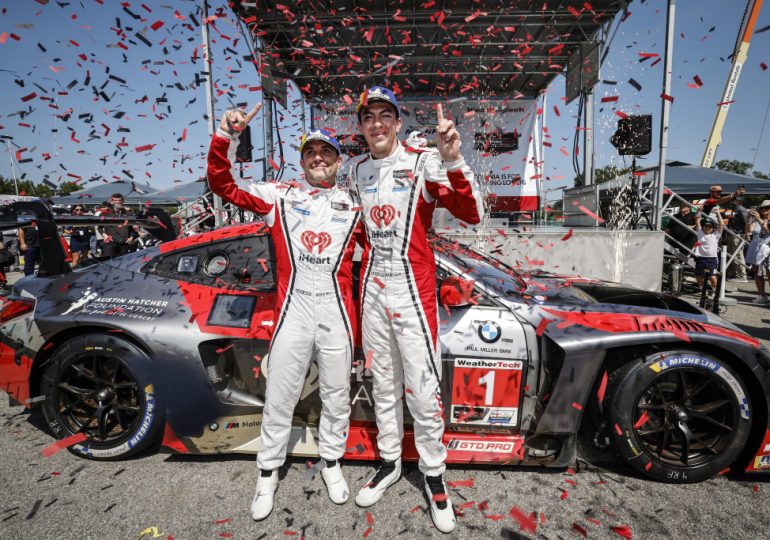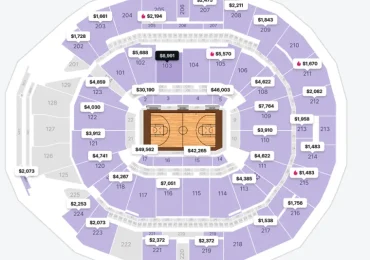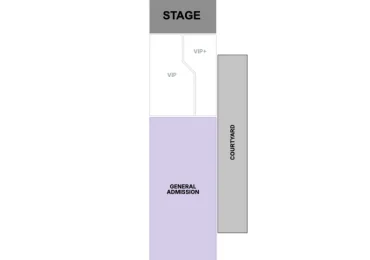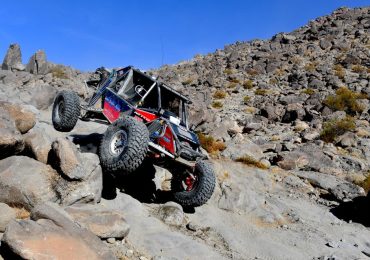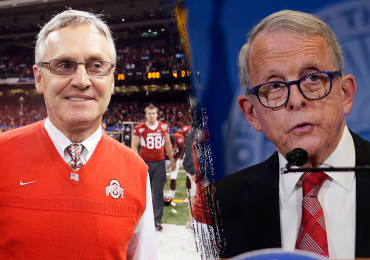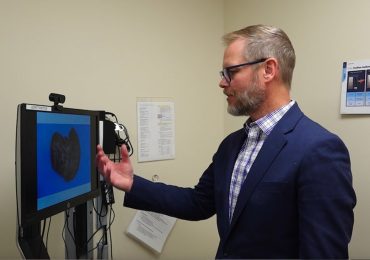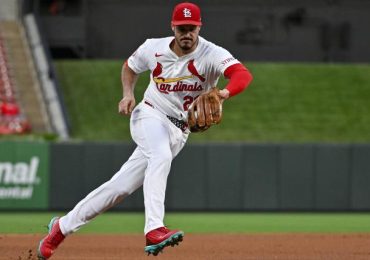It was going to be easy, right? After all, the little independent GTD team had finished ahead of a bunch of the GTD PRO cars on a regular basis. Sometimes all of them. And the “Am” driver had outqualified all the Gold and Platinum drivers in GTD PRO on at least one occasion. So taking them on head to head should be a walk in the park.
Not so fast, buster.
Paul Miller Racing, Bryan Sellers, Madison Snow and the No. 1 BMW M4 GT3 had beaten up on the GTD competition in GTD in 2023, winning five races and handily claiming the title — the second for the team and the drivers. Even after declaring their intentions to move to GTD PRO as the 2023 season wound down, the PMR group still had a couple of wins left in them, including an overall at VIRginia International Raceway plus an overall GT pole at Indianapolis.
As it turns out, the win at VIR was the team’s last for 12 months. This wasn’t going to be easy after all. And while to the outside world it seemed like PMR was sure to do well moving to the all-pro class — and there wasn’t an option if the team was to retain its core driver lineup of Sellers and Snow, as Snow was promoted to Gold after the 2023 season — internally, it was far from a sure thing. They knew it was going to be tough.
“I would say it’s as expected,” said Sellers before the first win in GTD PRO came at VIR. “I think that we have shown competitive ability for sure. But I think we’ve shown that we also are in a new class, and the new class is different, and our mistakes have come along with that. When you look at the difference between GTD and GTD PRO and the way the strategy plays out throughout a race, it’s very different. When you look at how the race unfolds based off of the combination of two pro drivers versus an Am driver and a pro driver, it changes how you approach the race. In all honesty, we’ve been caught out by that a couple of times.”
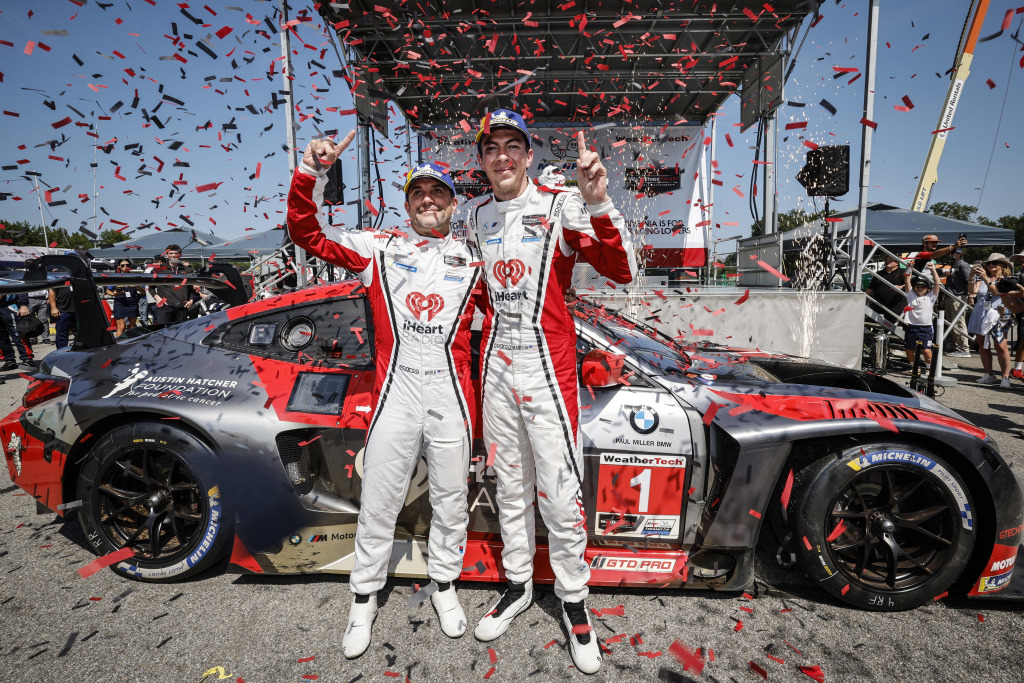 For Bryan Sellers, Madison Snow and their PMR team, the VIR breakthrough was the culmination of a year learning new ropes. Michael Levitt/Motorsport Images
For Bryan Sellers, Madison Snow and their PMR team, the VIR breakthrough was the culmination of a year learning new ropes. Michael Levitt/Motorsport Images
Sellers is quick to point out that that’s not on the drivers, crew, engineers or strategy — everyone has had to adjust to the new way of racing in GTD PRO.
“When we’re on our A days, we can definitely compete with everybody out there and be up on the podium and do good,” said Snow prior to the Road America race, where the team’s second-place finish was its best to date. “We’ve just had a couple of off races, the last couple races, but we’ve also been learning as we go. So I think we’re still getting a lot stronger as the year goes on. There has been a learning curve with changing the class, with strategy and racing and a couple of things. But we’re getting better every race.”
That latter statement proved to be true, culminating so far in a victory at VIR in the GT-only round. An overall pole for Snow, taking the lead at the start, and executing a strategy that may have had them following for the middle portion of the race but left them in front when they needed to be, resulted in PMR’s first GTD PRO win.
Track position, they’ve discovered, is key in GTD PRO. Sellers noted that the focus previously wasn’t on qualifying, but having a good car for the race. In GTD PRO, qualifying becomes more critical — not only for the position at the start relative to the other PRO cars, but starting behind a bunch of GTD cars as well. Forcing yourself to pass a bunch of other cars before you get to the ones you’re actually racing can be disastrous.
But that’s one of only several differences.
“The drive time differentials factor a lot into the strategy and how you run the race,” Sellers explained. “Things that worked strategically previously no longer work because of the different drive times, the different ratings of drivers, the different calibers of drivers. Those things factor in such that the way we used to do things does not necessarily apply anymore. We were able to take strategic chances that paid off for us in the end for track position. And with the differentials in GTD and the Am drivers versus the pro drivers, those gaps change; they narrow drastically. So, that has been a curve for us. In GTD, it’s much easier not to have to worry about the pro cars, whereas the pro cars have to worry about the GTD cars — where they sit and how they space and how it throws off your perception of the wave-arounds and the pass-bys. That’s been something that we have had to adapt to.
“I think the biggest differences is the margin of error is gone. When you go to GTD PRO, you’re competing against some of the best drivers and some of the best teams — not just in IMSA but in the world. So that margin of error has tightened up and because of our inexperience in the pro class, we have made a couple of mistakes that aren’t there to make.”
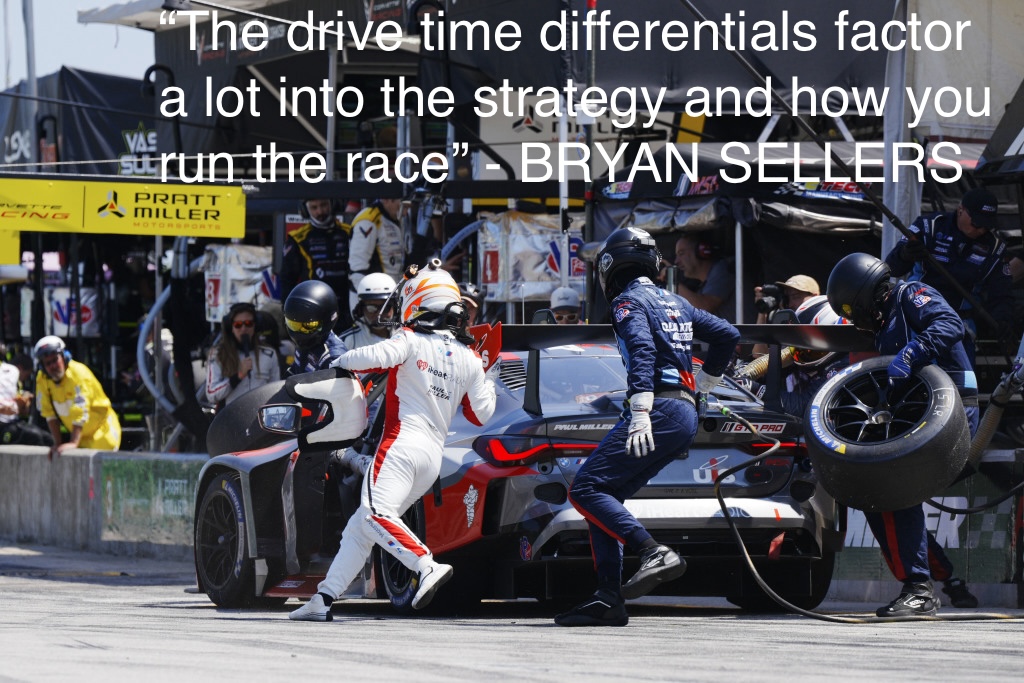 Richard Dole/Motosport Images
Richard Dole/Motosport Images
A big alteration the team has had to make is being reactive rather than proactive. When a car is out front, the team can dictate strategy. What they do, most teams will follow. There’s a different mindset when one has to acquiesce to the actions of others.
“The overall strategy doesn’t really change that much in terms of what our objective is and how we’re going to go about things,” notes PMR general manager Mitchell Simmons. “I think our biggest issue that we have had this year is we’re not always out front, so we don’t have the advantage over the other teams. We have had to change the way that we do things in terms of getting more creative, to be able to get to the position on track that we need to be. That has caused us some issues in the past where we have made some mistakes, and the mistakes have not been on the crew side, they’ve been on the pit stand.
“My belief is that we have kind of been overthinking it. We need to get back to basics and, and not beat ourselves. I think we historically have never had to fixate on strategy, because we basically set the strategy, and now we are reactive instead of proactive. That has been probably the biggest adjustment.”
At VIR, PMR was in a position to dictate strategy but Heart of Racing had a different idea. While Snow was stretching fuel and going as long as possible, the No. 23 Heart of Racing Aston Martin pitted almost as soon as the window opened to make it to the end with one more stop. So for the middle stint, Ross Gunn lead for Heart of Racing — the undercut worked for them. PMR, though, kept Snow circulating until the No. 1 BMW couldn’t go another lap on fuel before pitting and installing Sellers into the car. With nearly 20 minutes’ difference in running time when it came down to the final stop where Snow resumed driving duties, PMR’s fuel time was much shorter than the team’s closest rival for victory. Snow emerged from the pits ahead of Gunn in the No. 23 and that was the deciding factor.
“I think up until this point, we had made some mistakes and we had a lot of adaptations that we had to make internally and just start to figure things out. And I would say this was as close as it comes to a flawless race for us,” said Sellers.
With PMR seemingly on an upward arc, Sellers and Snow are now third in the GTD PRO standings, behind AO Racing’s Laurin Heinrich and Heart of Racing’s Gunn, and 111 points out of first. With two races left, the championship is wide open, and the GTD PRO rookies at Paul Miller Racing are in the fight.

